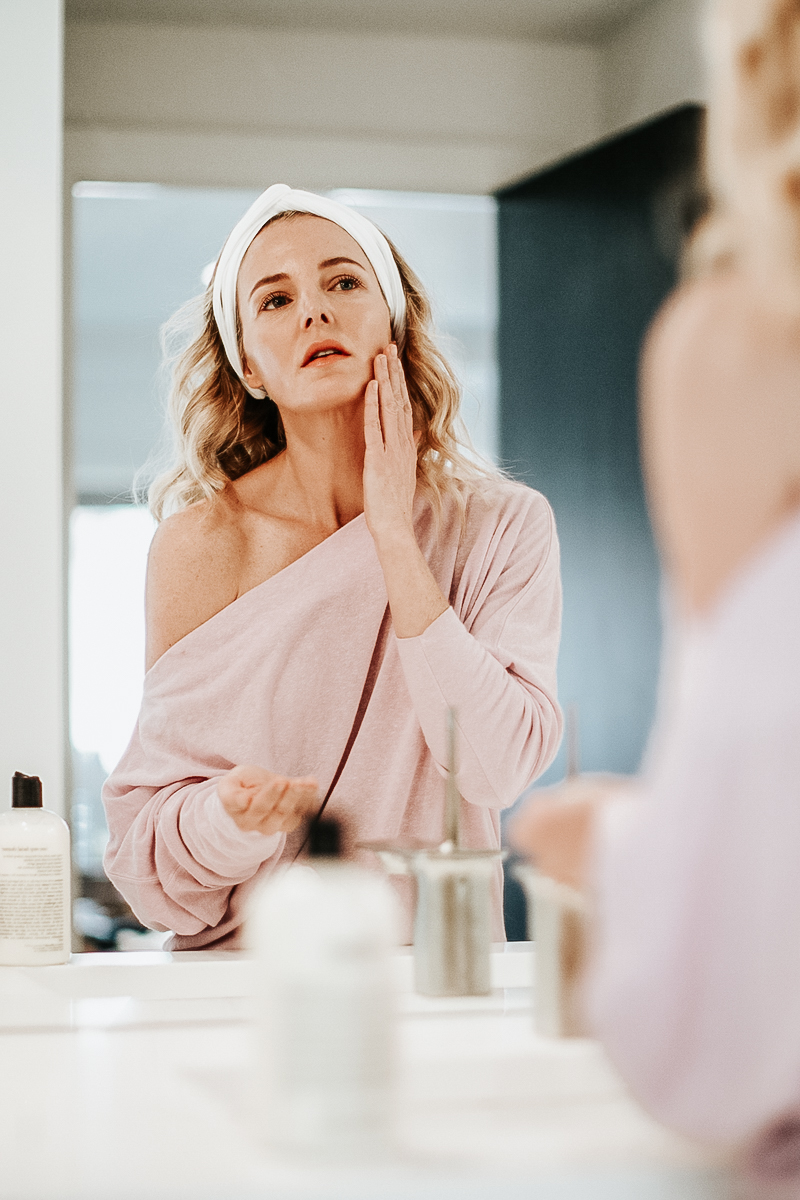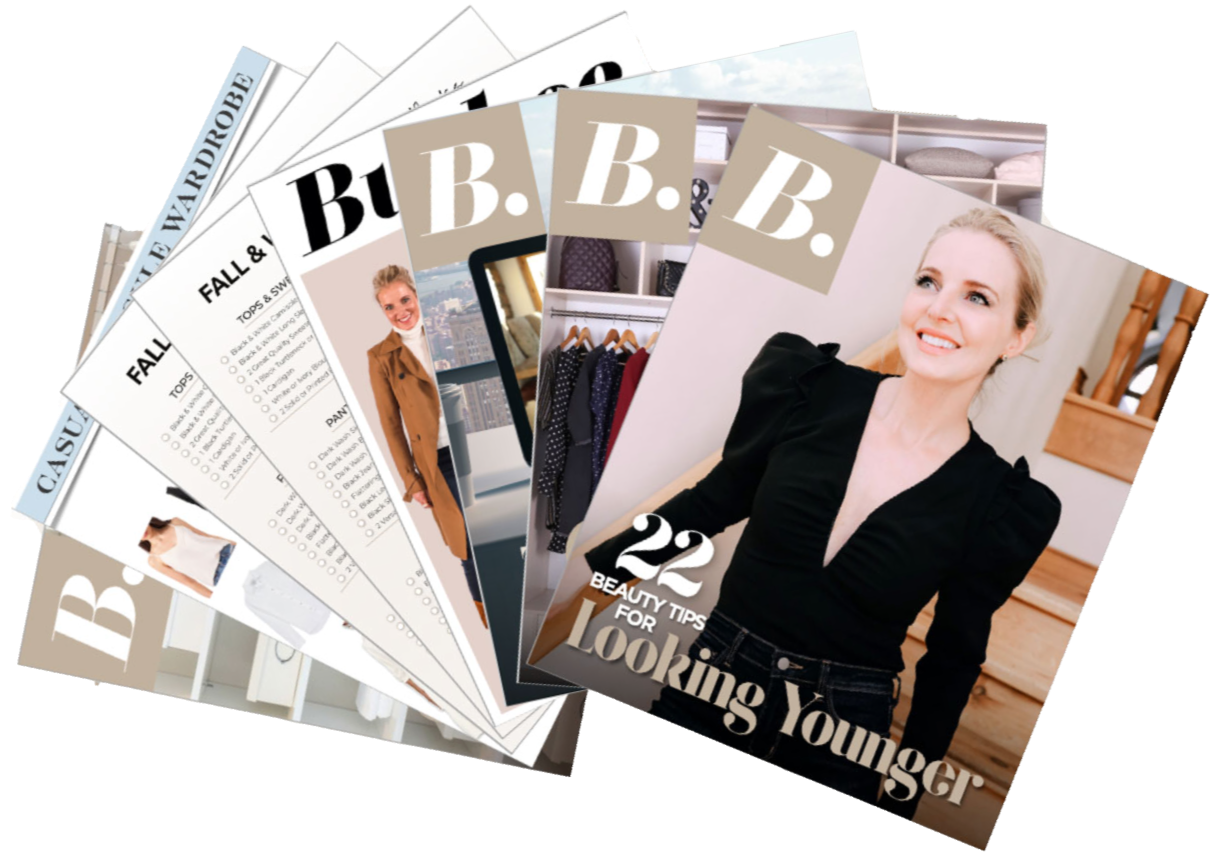A Closer Look
If you missed my last clean beauty post, make sure you read that here. It’s a great place to start and help you get acquainted with terms surrounding clean beauty, what it is, and why you should care. In this post, I’m breaking down some of the cosmetics regulations that make clean beauty so confusing. Nope…it’s not just you. I’m left scratching my head more often than not when it comes to this topic. I truly don’t want to confuse you more, but I think it’s important to present the facts. And, the fact is… what you see on a label… is not always what you get. When I started the research, I was stunned by what I found. Hopefully, this information helps you when you are searching for products to clean up your own beauty routine.
[show_shopthepost_widget id=”3868915″]

Problems With Clean Beauty
There are many problems with the beauty and cosmetics industry. But there are three main issues surround clean beauty…
Lack Of Regulation
If you read post #1, at this point, you might be wondering how companies and beauty brands get away with putting harmful ingredients into products. The answer is…there’s a lack of regulation. The last cosmetics law passed by the FDA was in 1938…that’s over 80 years ago!! It’s not as big of a problem in other countries though. In the EU, there are over 1,300 products banned from use because they are questionable or proven harmful. The US only has 11 products banned. Total. Isn’t that scary!? It gets worse…
Reliance On Company Ethics
If you go to the store, buy a product, put it on your skin, have a severe reaction, and report it to the brand or company. The brand/company has no legal obligation to report that incident to the FDA. And even if a report is made to the FDA (which has to be done voluntarily by the company/brand), the FDA has no authority to pull the product from production or even issue a recall. So it’s up to the companies to make an ethical decision to either recall products or make cleaner products from the get-go. Hmm… do you think most companies will pull a product from the shelves when they stand to lose a boatload of money? I’m guessing no.
False Labeling
One last issue I wanted to address… false labeling. On top of all of this, companies are not required to include all of the ingredients on the label. For example, when you see “fragrance” or “parfum” on a label. That fragrance could include over 300 ingredients. But since it’s considered a trade secret, it does not have to be listed. And in contrast, products labeled “unscented” could actually have fragrance. Which is absurd!! How are you supposed to be careful about what you’re putting in or on your body if you’re not even provided all of the information!? They can also label their products as “clean,” “natural” or “organic” and the products still contain harmful ingredients. Perplexing, I know. In other words, what you see on the label…is not always what you get.
You can check out all of my clean beauty posts here. Have you started cleaning up YOUR beauty routine? Share the changes you have made in the comments below.
To get my blog posts delivered directly to your inbox, along with some awesome freebies, be sure to sign up for my newsletter here.
Thank you for stopping by!




Erin – I know you use and advocate for Colleen Rothschild’s products but they have FRagrance – And it’s a heavy smell. It’s on the label. I really cannot consider this company to be an example of clean beauty.
I asked Colleen and she said her fragrance contains only safe ingredients. She can’t share those ingredients because it’s proprietary. You can direct message her and ask her any questions on IG. She is very responsive. Erin xo
Thank you, Erin. Excellent information Re clean beauty.
Thanks Marcia for sharing the app. I reaD labels carefully and try to purchase safer beauty products.
Please Erin tell me where i can purchase the pretty white headband your wearing?
Thank you.
And, it goes even deeper. third party laboratory testing for safety and stability is optionaL for companies. The FDA leaves it up to the brand to ensure it is safe. And when it comes to the words, natural can mean the entire product may starts out as natural but is heavily processed into something else, like processed food. it can be processed with chemicals and heat, and bleached. It is legal to call it natural but you don’t recognize a thing on the back ingredient label. like food, it is best to go for whole plant formulas to be most effective. Organic can mean ‘of the earth’ and does not necessarily mean certified organic ingredients. You can look on the back for an astisk to note the certified organic ingredients. as for cruelty free, products made in usa are generally better about animal testing. clean beauty usually means no harmful ingredients, but the ones they do use are not necessarily the most effective. Green beauty means using botanicals, but it doesn’t mean it’s the whole product, and that doesn’t mean it is free of harmful ingredients! so it does go back to knowing and trusting the brand, and also educating your self to be your own best expert. my goal is for everyone to understand beauty labels like we understand food labels today.
Erin! I have had problems with sensitive skin on and off through most of my life. it has been frustrating to find products (no matter what the price range, clean or not clean, etc) that don’t make my skin itchy, or sometimes i even get asthma symptoms from scents, etc. the game changer for me was finding the book, “beyond Soap” by sandy skotnicki, who is a canadian dermatologist based out of toronto. she says that “clean” or “natural” products aren’t necessarily better because oftentimes, it is the botanicals that we are sensitive to. she has a list of products that work best for reactive skin. the other thing she says is that we are too clean, essentially stripping the natural microbidome our skin has to protect it, thus making it more vulnerable to irritants, etc. honestly, this book has really saved me. for the first time in many years, i finally have skin that isn’t red, itchy or reactive. skotnicki also has a podcast, called beyond soap, that she co-hosts with a canadian beauty expert and they talk about different products and ingredients every week or so and whether they are worth trying. it’s great! thank you, by the way for your great blog. i love it! Especially the recent posts and videos on menopause. i’m almost there and… eeek!
Here…here, brenda! As I’m reading Erin’s post, I’m thinking the same thing as you. I’m a clinical scientist and have been working in the regulated food, drug and cosmetic industry for a long time. this affords me a ‘peek behind the curtain’ about product development and safety testing. I too have sensitive skin and have been very cautious all my life about botanicals and ‘all natural’ formulations. my additional advice to everyone is to try-before-you buy. many products are available to test at the cosmetic counters in stores or as trial sizes from online merchants. we’re all different skin types and our immune systems may react very differently from one another. a simple skin patch test (apply a small amount of product in an inconspicuous area over 3-7 days) can save a multitude of suffering from skin irritation, acne breakouts, itching, rashes, and etc.
Thank you SO much, Laura! Your perspective is so helpful! Erin xo
Hi Erin!
I too am concerned about the ingRedienTs in makeup and personal beaUty prodUcts.
The first thing i look for is it tested on animals. Then i make sure it is free of parabens, phtAlates,and propYlene Glycol and dyes. It is hard to find a brand that i trust. I worked at a job once where i was around carcinogenic chemicals so i know how harmful they can be.
I use an app called cruelty cutter that when you scan the bar code, it will tell you if the product is tested on animals, sadly, PROCTOR and Gamble, Johnson and Johnson, unilever and many shampoos such as aveeno all test. Paul mitchell does not test so i buy a lot of their products. I find most store eMployees do not have a clue about which products are safe. Thanks for educating us!
Thanks for sharing the app, Marcia!! Erin Co